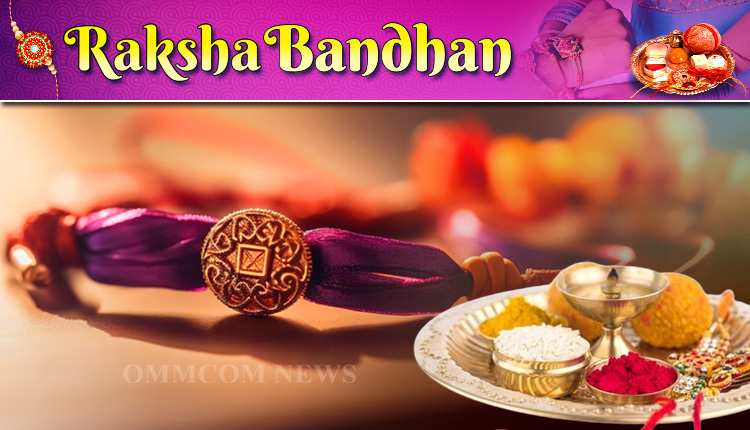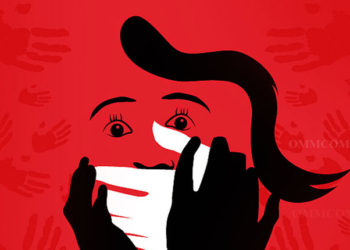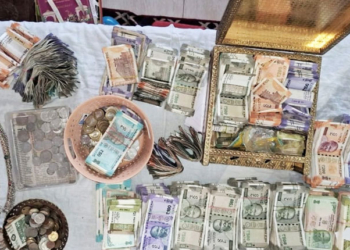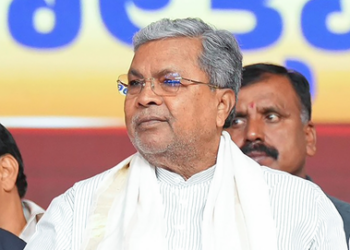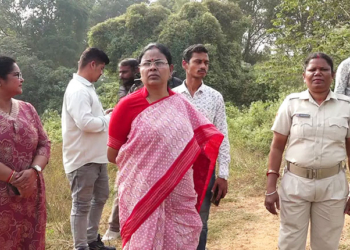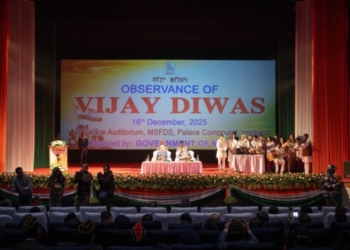Raksha Bandhan, commonly known as Rakhi Purnima, is a significant festival that celebrates the unconditional love and bond between brothers and sisters. On this auspicious day, sisters tie a sacred thread, known as a rakhi, on their brothers’ wrists, praying for their well-being, prosperity, and longevity. In return, brothers vow to protect and care for their sisters, promising to shield them from harm. Rakhi is observed on the full moon day of the lunar month of Shravan, typically falling in August each year, according to the lunar calendar. This joyous festival is marked with great enthusiasm and fervour, strengthening the sibling bond.
As the joyous occasion of Rakhi Purnima envelops the nation in a warm embrace, Ommcom News delves into the rich tapestry of this ancient festival, exploring its multifaceted significance. From the mythological tales of divine bonds to the historical events that shaped its cultural relevance, and from the scientific explanations behind its rituals to the social harmony it fosters, we bring you a comprehensive insight into the essence of Rakhi Purnima.
Mythological significance
During the epic battle where Lord Krishna defeated the wicked King Shishupal to uphold righteousness on earth, he suffered a finger injury that began to bleed profusely. Witnessing this, Draupadi promptly tore a piece of her saree and used it as a tourniquet to stem the bleeding. Her selfless act and genuine concern touched Lord Krishna’s heart, and he was deeply moved by her sisterly affection and compassion. In gratitude, he made a solemn promise to protect and safeguard her from all adversities. Years later, when the Pandavas lost Draupadi to the Kauravas in a game of dice, Lord Krishna rescued her from the humiliation of ‘Vrastraharan’, thereby preserving her honour and dignity.
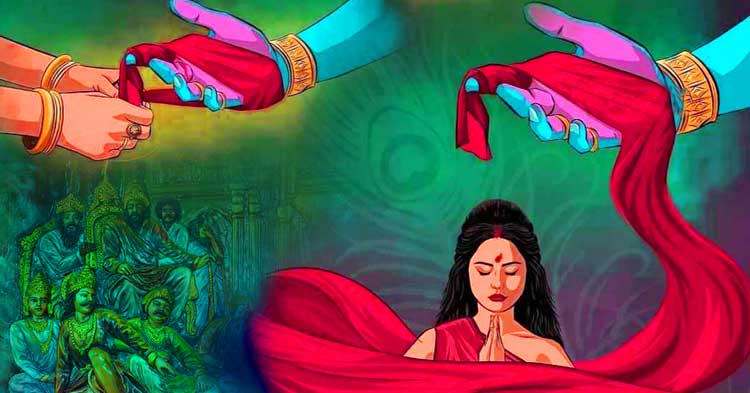
The demon king Mahabali, a devout worshiper of Lord Vishnu, earned the deity’s protection due to his unwavering faith and devotion. However, this led to Lord Vishnu’s temporary absence from his heavenly abode, Vaikundam, causing distress to his consort, Goddess Lakshmi. Desiring to be reunited with her husband, Lakshmi disguised herself as a Brahmin woman and sought refuge in King Bali’s castle. On the auspicious occasion of Shravana Purnima, the full moon day, she tied a sacred rakhi around the king’s wrist, symbolizing their bond. Revealing her true identity, Lakshmi explained her motivations, leaving King Bali deeply moved. Touched by her love and devotion, he humbly requested Lord Vishnu to return to Vaikuntam with his Maa Lakshmi. It is believed that this legendary incident has given rise to the cherished tradition of Raksha Bandhan, where sisters tie the auspicious thread of rakhi around their brothers’ wrists on Shravana Purnima, strengthening their bond and invoking divine protection.
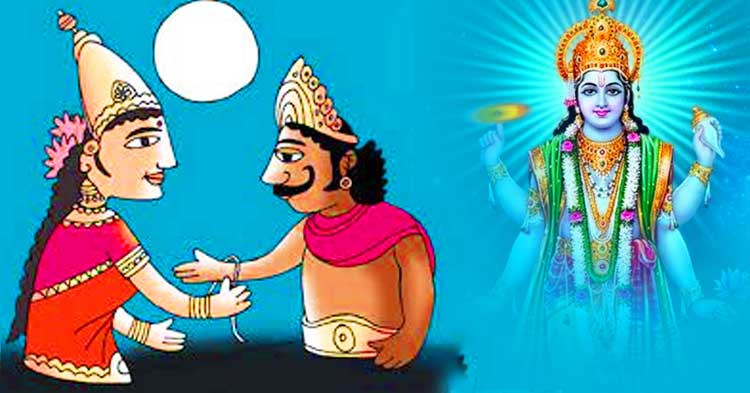
Historical Significance
The story of Rani Karnawati and Emperor Humayun represents the most well-known historical example linked to the Raksha Bandhan festival. In the Middle Ages, the Rajputs defended their kingdom from Muslim invasions. Since then, the concept of Raksha Bandhan has symbolized devotion and care for one’s sister. Rani Karnawati, widow of the king of Chittor, realized she couldn’t defend her kingdom from the invasion of Bahadur Shah, Sultan of Gujarat. So, she sent a Rakhi thread to Mughal Emperor Humayun. The Emperor was so moved by this gesture that he immediately led his men to Chittor to save it. This historical episode highlights the importance of fraternal protection and care, values that Raksha Bandhan still celebrates today.
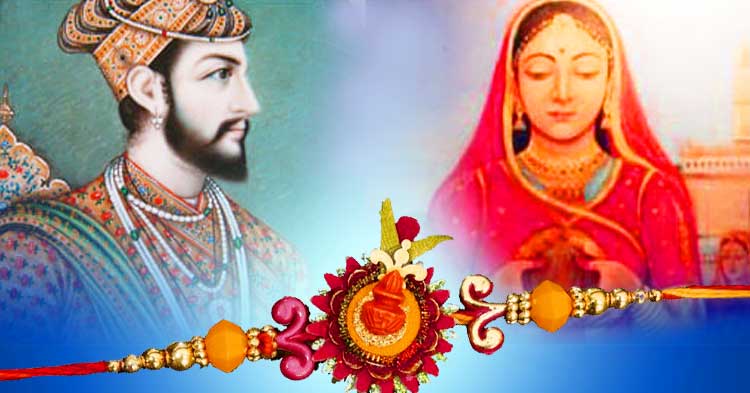
Scientific Significance
Raksha Bandhan, celebrated in the Hindu month of Shrawan, coincides with the auspicious month of Lord Shiva and falls on the full moon day, also known as Rakhi Purnima. During this time, the moon’s full phase causes fluids on the earth to attract, leading to upward movement, similar to ocean tides. This phenomenon can make humans prone to diseases like tension, high blood pressure, and sleeplessness. Considering these health and geographical factors, ancient scholars and saints introduced the concept of care and protection, culminating in Raksha Bandhan.
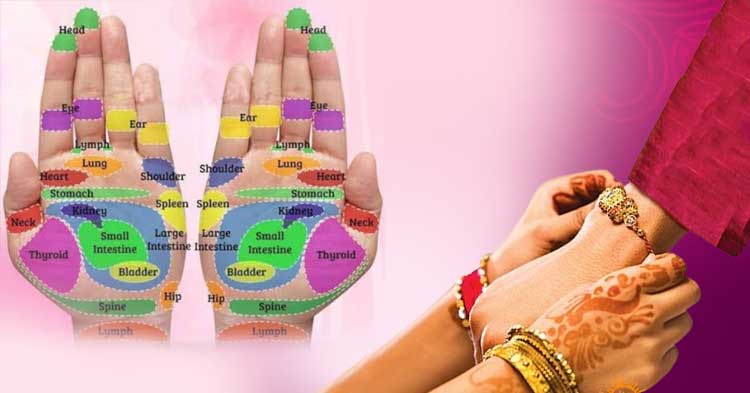
On this occasion, a rakhi thread, typically red, orange, or yellow, is tied on the right wrist of brothers. These colours, associated with energy, digestion, and upward fluid movement, have a therapeutic effect. Tying a rakhi thread can even help control blood flow in individuals with high blood pressure.
The application of a holy tika on the forehead, a common practice during Raksha Bandhan, has a scientific basis. The tika is applied to the pineal gland, also known as the seat of the soul or third eye, which provides energy and calmness. Stimulating this gland through the tika application can have a profound impact on overall well-being.
Social Significance
Raksha Bandhan holds immense social significance, fostering cultural and moral values that promote universal brotherhood, harmony, and peaceful coexistence. This festival has been a catalyst for social change, transcending traditional boundaries. The celebrated poet Rabindranath Tagore infused new meaning into Raksha Bandhan by leveraging its symbolism to unite Hindus and Muslims against the British Viceroy Curzon’s divisive plan to partition Bengal on religious grounds. Tagore encouraged people to tie rakhi threads on each other’s wrists, regardless of their faith, to demonstrate solidarity and harmony. This powerful gesture sparked a rebellious movement, bridging communal divides and challenging British colonial rule.
Today, Raksha Bandhan has evolved beyond its traditional confines, becoming a celebration of love, harmony, and the true spirit of brotherhood among all humans. It has become a beacon of unity, promoting social cohesion and solidarity in the face of adversity.
Rashmi Rekha Das




